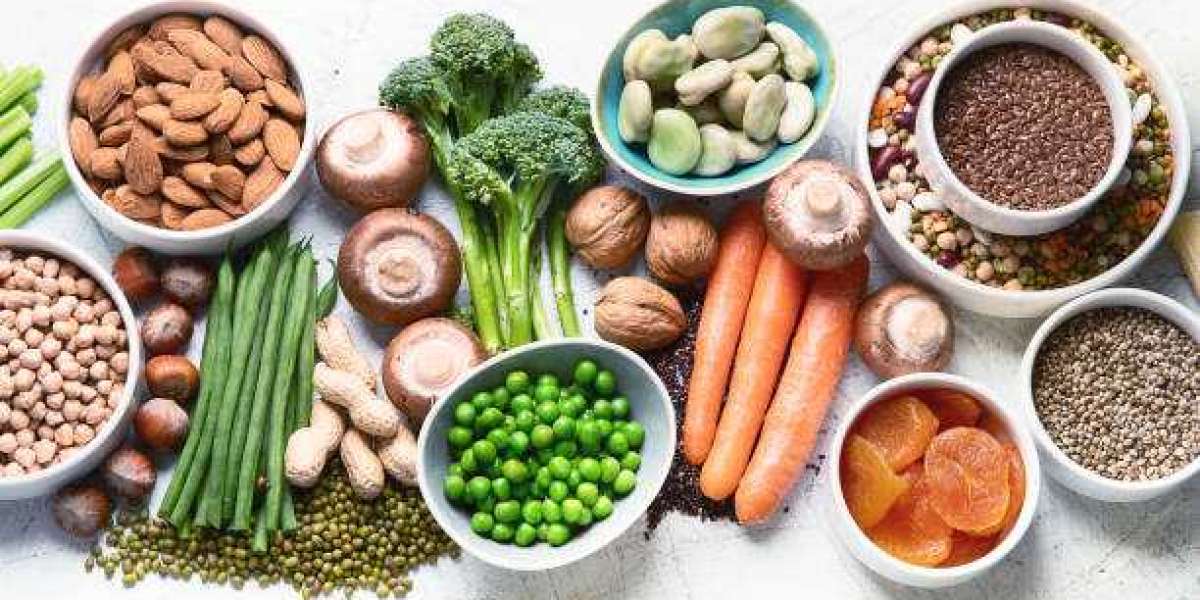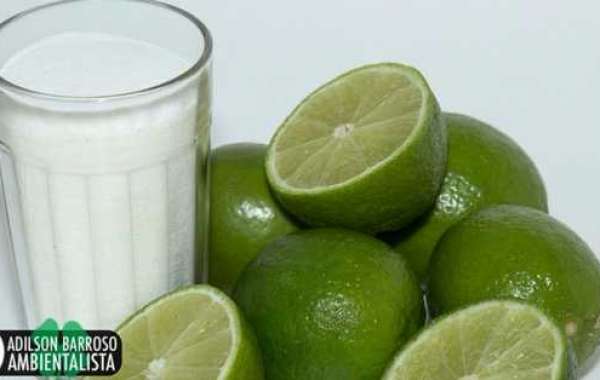According to the current analysis of Reports and Data, the global Plant Protein Market was valued at USD 10.28 Billion in 2020 and is expected to reach USD 17.52 Billion by the year 2028, at a CAGR of 6.80%. Plant-based protein products developed from plant sources such as soy, wheat, and pea. Plant-based proteins used in drinks, dairy alternatives, nutrition supplements, protein bars, meat alternatives, processed meat, bakery, food poultry seafood, and sports nutrition. These products are to improve their nutritional and functional properties, such as texturing, stabilizing, emulsifying, solubility, and binding. Consumers are focused on a better knowledge of the origin of their food and avoid products believed unnatural or unhealthy. These “clean” eating trends, driven primarily by millennials, favor foods that are healthy, ethically and naturally sourced, and less processed. Increased plant-based protein product consumption is a direct consequence of this shift.
In addition to an upsurge in sales, there has also been a massive influx of investment into the plant-based food business in the past five years. In total, USD 17 billion has invested in the plant-based food industry, including USD 13 billion in the past two years. The major Investors include visionary tech tycoons, VCs, accelerators, and global food conglomerates companies like Nestle, General Mills, and Danone. Several frontrunners in the conventional meat industry have also begun to invest in, acquire, and build new plant-based meat products in-house, all while rebranding themselves as protein companies that aim to provide the most options to consumers.
The EU is the leading area for the production of lactose, while North America dominates permeate powder supply, particularly the US. Large ventures have been made in lactose production in recent years. However, while 40% of WPC 50-89 produced in the EU is estimated to have concentrations of less than 80%, 95% of North American and practically all of Oceanian WPC 50-89% production is WPC 80. Also increasing production of Demineralized Whey Powder (DWP), of which the EU supplies more than 75% globally. Growth in production of this whey ingredient has largely demand-driven, mainly by the infant formula sector with DWP 90 (90% demineralization) in particular is being applied in these goods. Manufacture of low-end WPCs, on the other hand, is somewhat stagnant from a global viewpoint. New production comes on stream in developing whey processing areas, whereas the traditional whey processing regions generally convert the output into higher value adding.
Download PDF Sample Copy on the Report: https://www.reportsanddata.com/sample-enquiry-form/2368
Further key findings from the report suggest
- Today, most of the people shaken by Type 2 diabetes, and it is one of the growing health problems over the world. It becomes a matter for teenagers and children. Healthy nutrition practices may play a role in managing and helping type-2 diabetes. Here, plant protein is the high biological, high quality, and value protein, which is an excellent choice for the people who have diabetics. Plant protein helps to control the blood glucose levels and also provides additional benefits for weight management which are a concern for people with type-2 diabetes
- The supply of whey is mainly propelled by cheese production, which accounts for nearly 95% of the world’s liquid whey and projected to grow by approx. 2% annually. The leftover 5% of whey production stems from casein production, which is somewhat stagnant. Need for whey ingredients, however, has been growing much faster, at approx. 4-5%, on average, around all whey and lactose ingredients, while the most dynamic components have increased by approximately 10% annually. Both nutritional markets, such as sports nutrition, infant nutrition, and clinical/medical nutrition and commodity markets such as food and animal feed, are taking this development.
- The growth in the plant-based segment has primarily been driven by the mainstream advent of the ‘flexitarian’ customer (people who still consume meat and dairy but seek to reduce the levels they consume), as well as augmented numbers of vegetarians and vegans, as customers respond to a mixture of ethical, environmental and health concerns.
- A significant reason in the growth of the plant-based industry, particularly in the UK, is the increased ethical focus of the consumer. This partially led by the millennial generation and the advent of the ‘flexitarian’ consumer. The ‘flexitarian’ customer is an individual who still devours meat and dairy but wishes to reduce the quantity of ethical, environmental, and health grounds.
- Key participants include Glanbia Plc, Cargill Inc., Archer Daniels Midland Company, DuPont, Kerry Group, Ingredion Incorporated, Tate Lyle, Royal DSM, Roquette Freres, and Axiom Foods, among others. Current food and beverage companies are shifting to protect and improve their positions in the market, both through internally driven product development and invention and inorganic development through the procurement of the new disruptor brands and products.
Request for Customization: https://www.reportsanddata.com/request-customization-form/2368
For the purpose of this report, Reports and Data has segmented the Plant protein market on the basis of type, source, form, distribution channel, application, and region:
Form (Revenue, USD Billion; 2020–2028, Volume, Kilo Tons; 2020-2028)
- Protein Isolates
- Wheat Protein Isolates
- Soy Protein Isolates
- Pea Protein Isolates
- Others
- Protein Concentrates
- Wheat Protein Concentrates
- Soy Protein Concentrates
- Pea Protein Concentrates
- Others
- Textured Proteins
- Textured Wheat Protein
- Textured Soy Protein
- Others
- Others
Source (Revenue, USD Billion; 2020–2028, Volume, Kilo Tons; 2020-2028)
- Wheat Protein
- Soy Protein
- Pea Protein
- Others (Canola Protein, Potato Protein, Rice Protein, Corn Protein, among others)
Type (Revenue, USD Billion; 2020–2028, Volume, Kilo Tons; 2020-2028)
- Powder
- Tablets
- Bars
- Others
Distribution Channel (Revenue, USD Billion; 2020–2028, Volume, Kilo Tons; 2020-2028)
- Online
- Specialty Stores
- Supermarkets Hypermarkets
- Departmental Stores
- Others
Application (Revenue, USD Billion; 2020–2028, Volume, Kilo Tons; 2020-2028)
- Food
- Meat alternatives
- Processed meat, poultry, and seafood
- Bakery products
- Convenience food
- Nutritional supplements
- Other processed food
- Dairy Other Beverages
- Protein beverages
- Dairy alternatives
- Others
Regional Outlook (Revenue, USD Billion; 2020–2028, Volume, Kilo Tons; 2020-2028)
- North America
- US
- Canada
- Europe
- Germany
- France
- UK
- Spain
- Italy
- Rest of the Europe
- Asia Pacific
- China
- India
- Japan
- Rest of Asia-Pacific
- Middle East Africa
- Latin America
- Brazil
Check Discount on the Report: https://www.reportsanddata.com/discount-enquiry-form/2368
Key questions answered by the report
- At what rate will be the Plant Protein Market grow? What will be the value of the market in 2028?
- What are the key factors driving the Plant Protein Market?
- What would be the impact of Plant Protein Market across different regions?
- What are the strategies adopted by players to enter the APAC region?
- What are the future growth strategies in the Plant Protein Market?
Contact Us:
John W
Head of Business Development
Direct Line: +1-212-710-1370
E-mail: sales@reportsanddata.com
Reports and Data | Web: www.reportsanddata.com
News: www.reportsanddata.com/market-news
Read Latest Press Release: https://www.reportsanddata.com/press-release/global-plant-protein-market








